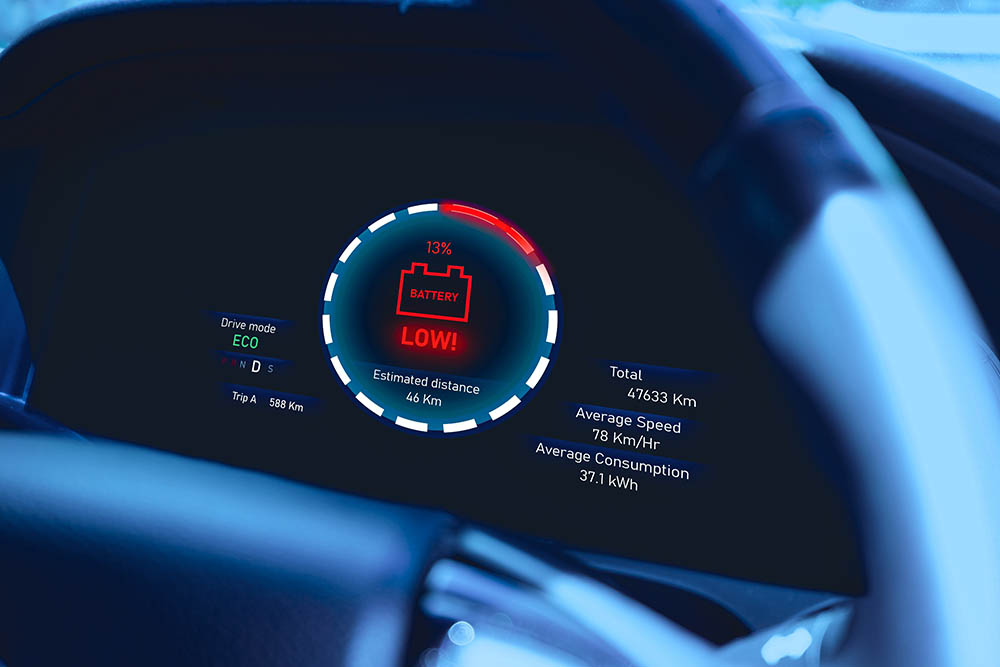
Electric car driving tips to help maximise your battery's efficiency.
Here are Express Vehicle Contracts's top Electric Vehicle driving tips to help maximise your battery's efficiency.
Factors Affecting the Range of an Electric Vehicle:
1. Speed.
Speed is one of the contributing factors that can affect the overall range of your electric vehicle (EV). When driving at high speeds, the battery tends to drain faster, resulting in a decrease in the overall range. On the other hand, EVs operate at their peak efficiency when traveling at low and consistent speeds. However, it's important to note that driving at low speeds for an extended period can also lead to a decrease in battery life, which in turn affects the range.
2. Wind.
Strong headwinds increase the resistance of the car, requiring the engine to work harder. Unfortunately, there is limited data available to quantify the reduction in range per mile of wind speed.
3. Payloads.
The weight of passengers and goods affects the efficiency of the electric car. The greater the payload, the more the engine has to work to compensate for the added weight.
4. Tyre Grip.
Tyre quality, tyre inflation, and road conditions affect tyre grip. If the tyres are nearing the end of their life and the roads are wet, there might be a slight decrease in range. Low-pressure tyres are also less efficient.
5. Cold Climate.
Electric vehicles are not ideal for cold climates. The batteries perform poorly in extreme temperatures, resulting in decreased range. In low ambient temperatures, the battery needs to use energy for heating, unlike internal combustion engines that generate heat for various functions.
6. Heating, Ventilation and Air Conditioning.
Using the heating system, particularly in cold temperatures, consumes energy and reduces range. The energy that could have been used to drive the vehicle is diverted to heating the car.
While this list may seem long, there are several measures that drivers can take to minimize range loss. For instance:
- Opt for wearing a jacket instead of relying on the car heater.
- Stick to speeds below 70 km/h when driving on motorways or free roads.
- Avoid rapid acceleration.
- Utilize carburetor preheating while connected to the mains to recharge the battery while driving.
- Employ fast charging with constant current only when necessary.
- Consider upgrading heat pump components if feasible (e.g., Kia Niro EV).
- Replace worn tyres with new ones.
- Ensure proper tyre inflation.
By having access to this information, EV drivers can make better preparations to avoid unexpected range loss.










